When making mac and cheese, there are two important cheese components in the sauce – the opener and closer cheeses. When you bite into a piece of cheese, the cheesy flavor hits you at either the beginning of the bite or the end. For a well balanced mac and cheese you should aim to use a cheese from each category. However, there is another equally valuable cheese category: cheeses that enhance mac and cheese texture.
Consider Mozzarella. While it has a distinct flavor, it tends to be overpowered by other flavors in the dish. While mozzarella flavor isn’t something I’m necessarily looking for in a mac and cheese recipe, it works magic in other ways. When you see a cheesy dish with epic stretchy cheese pulls, this is thanks to the mozzarella used in the recipe. We can harness this magic by including it in a mac and cheese sauce.
Another way to impact mac and cheese texture is the addition of cream cheese. It adds a richness that you won’t find from your standard mac and cheese inclusions. It does impart a slight creamy flavor, but that tends to blend together with the other flavors you use, taking a back seat in your dish.
While I know that using mozzarella and cream cheese in a mac and cheese recipe has its merits, I’ve never put it to the test to see what actually happens when you add them to a mac and cheese.
Mac and Cheese Texture Experiment
In order to not eat four pounds of mac and cheese that day, I made a batch of my simple stovetop mac and cheese and split it into four equal portions.
I didn’t catch the flaw in this plan until after I finished. Because all of the macs today will have cheddar and parmesan, I added extra cheeses to them, resulting in later mac and cheeses having a significantly higher amount of cheese in the sauce. There’s no way that didn’t impact the experiment. However, after looking at the pastas side by side I don’t believe the cheddar and parmesan made a huge impact on the overall texture.
Texture Experiment Results
I know that cheddar parmesan sauce works beautifully in a mac and cheese, but I had no idea how thin that sauce would look compared to the other three varieties. This was the first one we tasted and I was sure the other varieties wouldn’t compare but I was grossly mistaken.
Next I added four ounces of grated mozzarella cheese (1/2 cup) to 1/2 of the prepared mac and cheese to measure the effect mozzarella has on mac and cheese texture. The mozzarella did slightly affect the flavor. But the effect on the texture was interesting. Mixed into the sauce like this, it added a slight stretch to the sauce and thickened it just a bit, helping it cling to the noodles better.
The third recipe was my favorite. I recognized that cream cheese could play an important part in mac and cheese but I never realized how much of an impact it’d make in the dish. By adding 2 ounces of cream cheese, I elevated the sauce from something I was already thrilled to eat to another dimension of mac and cheese goodness.
My final recipe was to make a cheese sauce that incorporated all four cheeses. I expected this one to be the best out of the bunch. However, the cream cheese seemed to cancel out the stretchy benefits of the mozzarella and the extra cheese lowered the richness we saw from the cream cheese.
Takeaways
The biggest takeaway here is that you can’t expect both richness and stretchiness in your pasta sauce, but there are some workarounds. Mix a sauce using an opener, closer, and cream cheese. After combining it with the pasta, layer it in a casserole dish with shredded mozzarella and bake it until the cheese melts throughout. That way you get the benefits of a rich sauce and stretchy melty mozzarella.

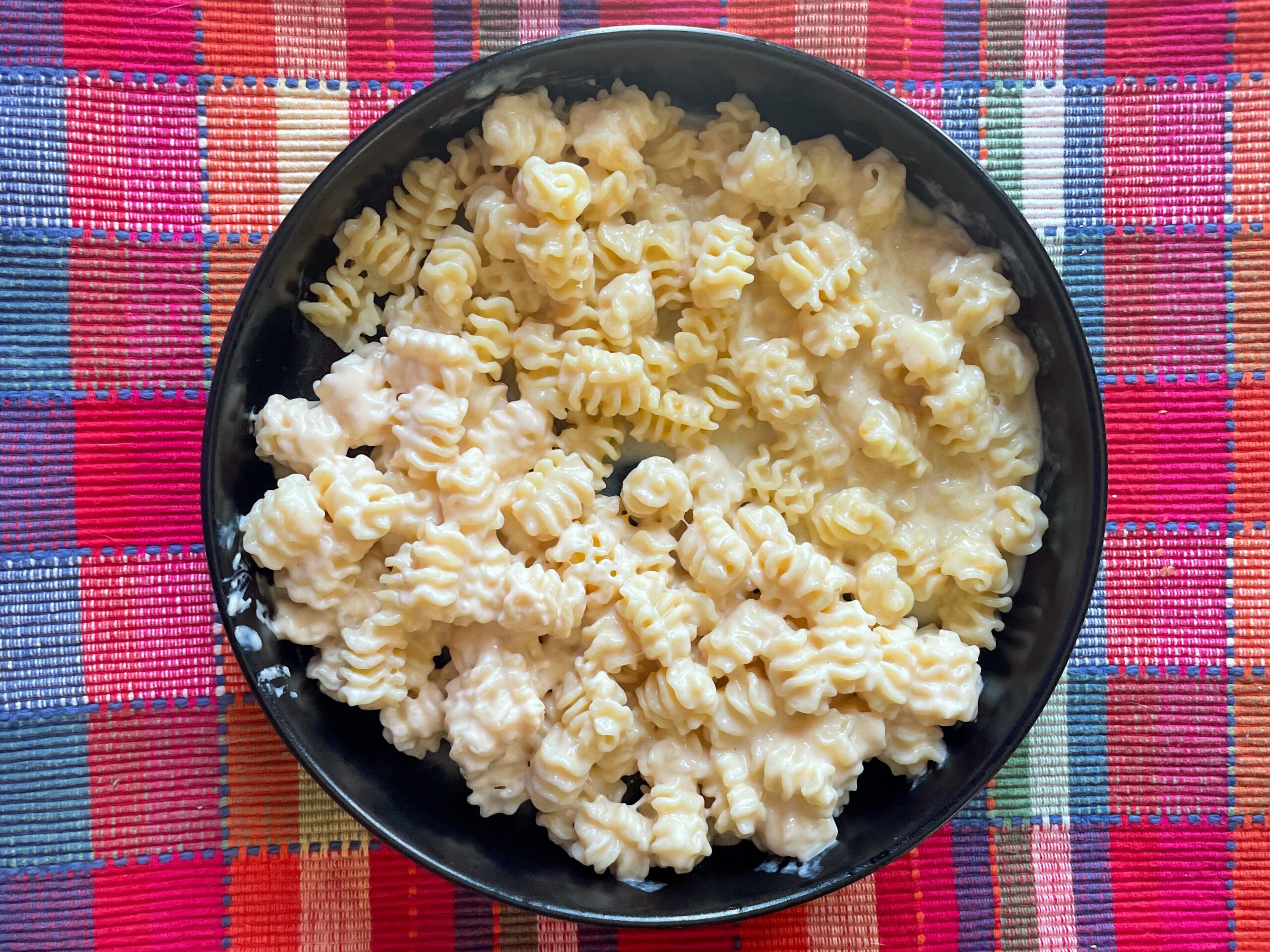
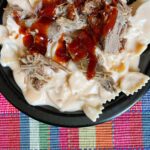
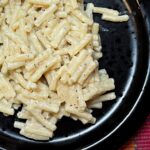
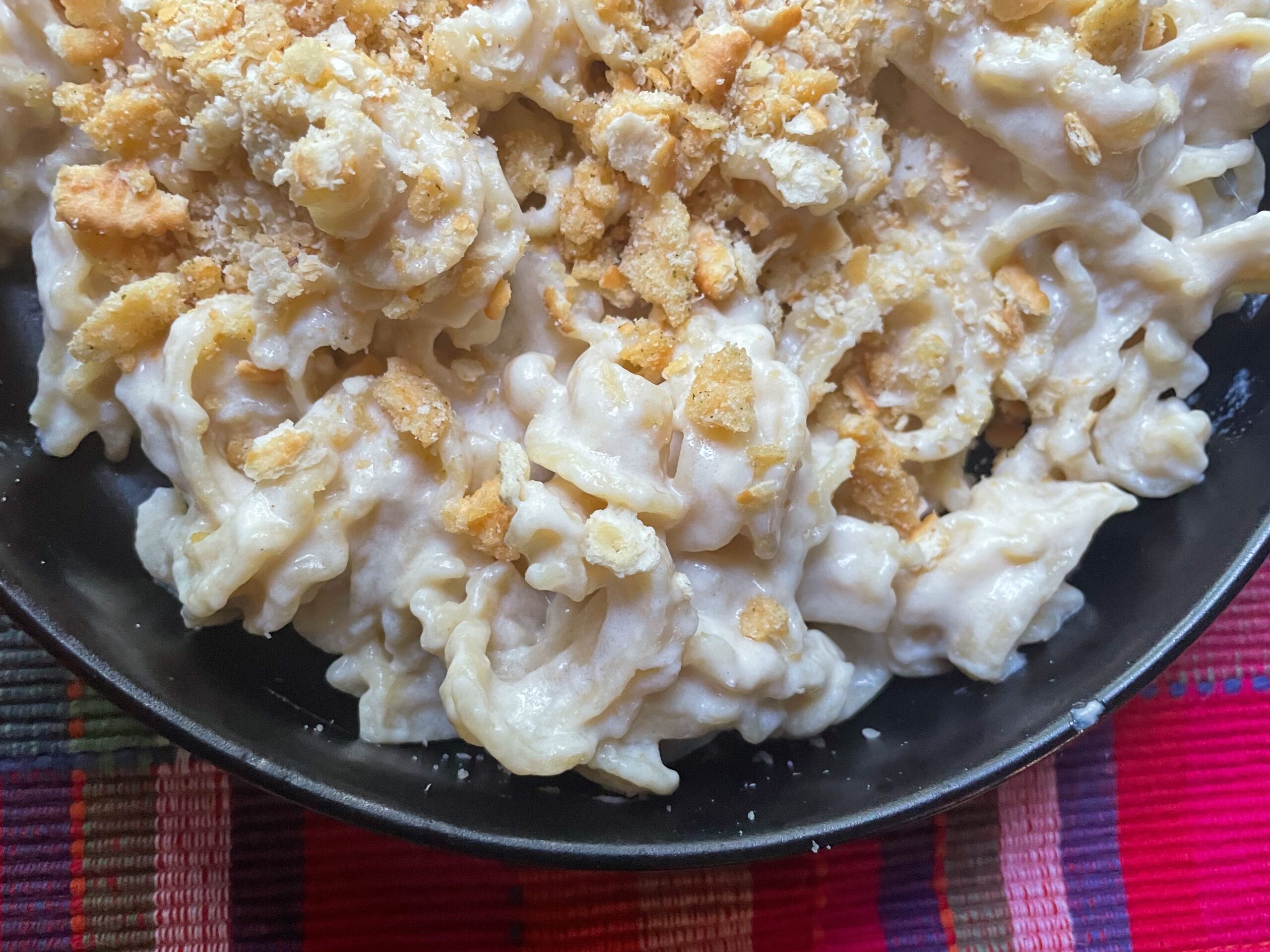
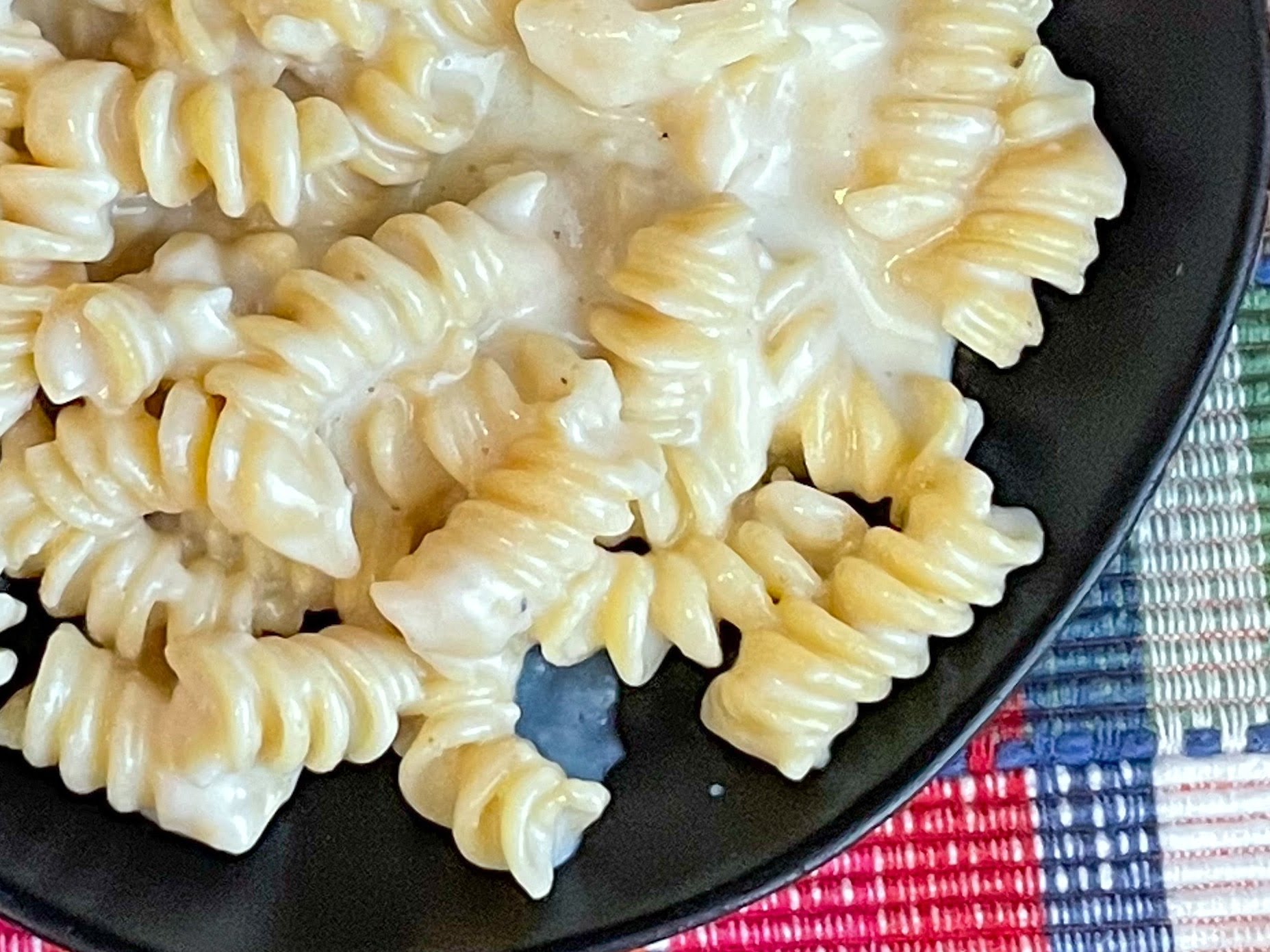
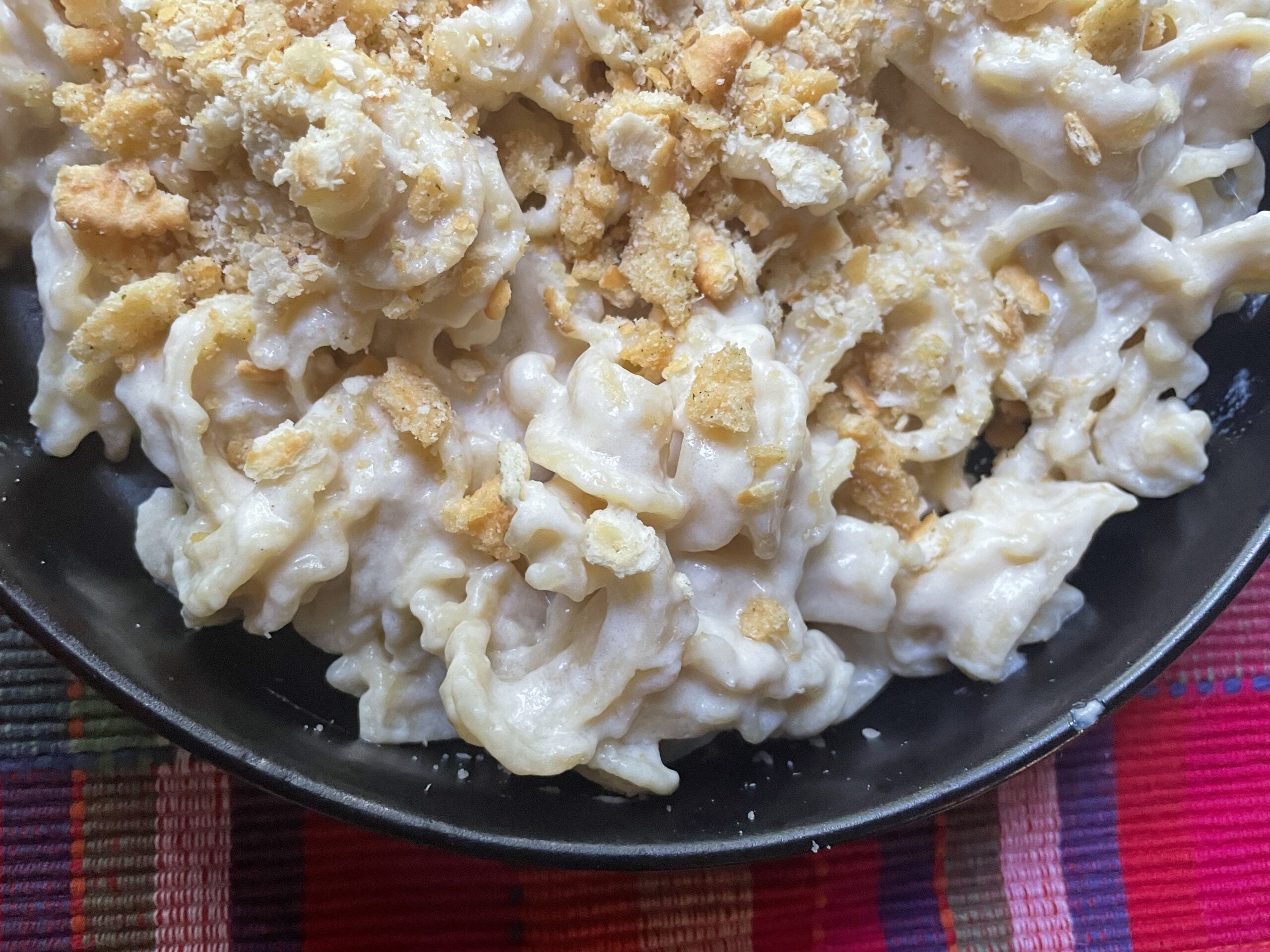
One Comment
Pingback:
June 12, 2024 at 8:23 am